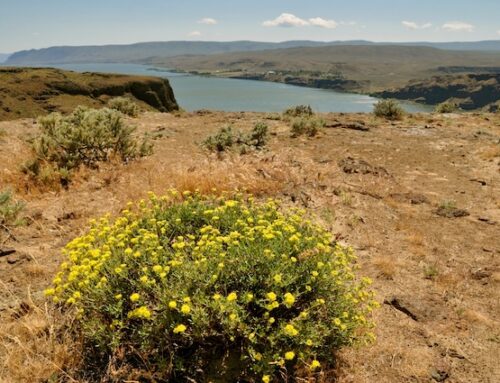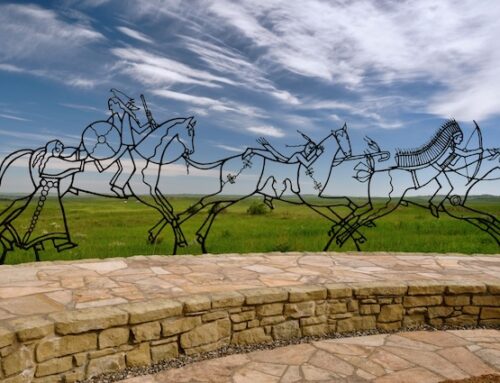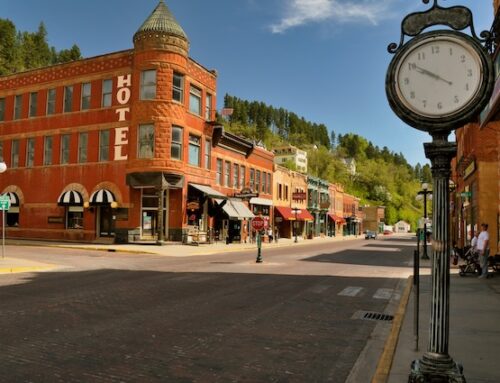The ‘Missing’ Totem Poles
Given the number of First Nations people in British Columbia – combined with how long they’ve been around – there seems to be a distinct shortage of their history in the form of totem poles that are still standing and intact. We know the indigenous peoples were (and still are) marvelous carvers, so where are all the totems?
In 1884, Prime Minister John A. MacDonald banned the potlatch feasts and dances, the centre of the coastal peoples’ unique social and legal system. Many poles were removed, toppled, even burned, and the skill of carving such ceremonial articles all but disappeared. By 1951, when the ban on the potlatch was finally lifted, only a few carvers remained.
The artists we know today – Mungo Martin, Bill Reid, Freda Diesing – had to comb the world’s museums to learn about their ancestral crests and carving styles. But thanks to these stalwarts, and their apprentices, West Coast Native art and culture is again alive in towns and villages from Haida Gwaii to Prince Rupert and Hazelton.
Some of the original totems are still standing on the ancestral lands of the peoples who created them; a few areas in the Bulkley Valley have had these totems standing for over 100 years and were immortalized by such famous Canadian painters as Emily Carr and A.Y. Jackson. Here’s some places where they can be found:
GITANYOW TOTEMS
Kitwancool, known since May 1994, by the traditional name of Gitanyow, is located 15 km (9.4 miles) north of Gitwangak (Kitwanga) and 133 km (83 miles) south of Meziadin Junction on Hwy 37.
It’s a short side trip off the highway to witness some of the oldest, original totem poles left in the world.
Gitanyow (Kitwancool) is a small village with a population around 450 inhabitants that sits alongside of the Kitwanga River a few kilometres from the highway.
Although many of the original totem poles have been taken from Gitanyow and preserved at the Royal British Columbia Museum in Victoria and replaced with replicas, many have stayed in place including the “Hole in the Ice” totem, erected circa 1850.
You can marvel at the craftsmanship and feel the aboriginal spirit and history coming from the many artifacts that are presented at the centre including artwork, carving sheds and an ancient graveyard.
There are ones from dating from 1760, 1880, and 1910 – many which had been left to rot on the ground before this small museum was opened in 2008.
It was here in Gitanyow and neighbouring Kispiox, that Canadian artist Emily Carr came to paint the totem poles of the northwest coastal people nearly a century ago. She saw the faces of the wolf, the frog and mountain eagle entangled in the encroaching temperate rain forest, and depicted many poles in her art, including the oldest Hole-in-Ice (or Hole-in-Sky) pole, standing in this spot for more than 140 years.
The row of traditional longhouses that Carr saw then, framing this forest of towering carved cedars in Gitanyow, has been replaced by a collection of 20th-century bungalows, but it’s still an iconic spot to see this ancient art form.
“These poles are land and property deeds – the poles tell the story of where the people originated from, and how the land was given,” museum curator Deborah Good explains. In the collecting frenzy of the 1800s, Gitksan poles were taken to museums in Vancouver, Ottawa, Boston and Philadelphia, she says, but somehow these remained untouched.
There is no charge to wander the grounds and marvel at the workmanship and try to imagine the artists and messages from the past. I don’t know about fees for the interpretive centre as it was closed when we were there.
Parking is on the roadside or in the large parking lot in front of the grocery store next to the poles.
KISPIOX TOTEMS
There are approximately 24 totem poles that are privately owned by House Groups. Some date as far back as 1880 and as recent as 1995.
The much-admired Kispiox totem poles stand in the grass at the edge of the community where the Kispiox and Skeena Rivers meet.
Carved with Eagle, Raven, Frog, Killer Whale, Bear, Wolf and Human figures, they commemorate the House/Family history, signify ownership and offer insight into the heritage of the Gitksan people.
The characteristic figures on totem poles are symbols comparable to family crests. They illustrate historical events that occurred in a House’s past. If the historical event involved several Houses, those Houses may share the crest. The pole’s owners display their crests on the pole to establish and make public their claims to vested rights and privileges. They varied with each family; they were exclusive property and were guarded.
Each carved illustration on the poles serves a multiple purpose: besides commemorating the House/Family history and signifying ownership, they familiarize youth with their history – keeping part of their heritage alive.
More than a decade after Carr visited Gitxsan villages on the upper Skeena River, A.Y. Jackson journeyed there at the request of Marius Barbeau of the National Museum. Independently both artists documented the same poles;
“The pole is known under the name of Sun-dogs. Its figures–all three of which were carved or incised and painted–are the Thunder-bird with a human face, the rows of small, painted circles, which represent Sun-dogs; and the checker-work, at the bottom, the Mountain-fern emblem, in a different style.”
‘KSAN HISTORICAL VILLAGE & MUSUEM
This replica village has some amazing examples of totems and houses. Located at 1450 Ksan Rd. in Hazleton, BC it is a beautiful way to explore and experience what life was like for the first nations people in the distant past.
You can wander the grounds and visit the museum … or you can hire a guide to take you through some of the buildings and explain the life and times of the people they represent.
This is a very peaceful and beautiful place to visit – well worth a stop if you’re near the area. There is a large parking lot and a campground attached to the village if you’d like to stay in the area longer.
So … mystery solved. I urge you to take the time if you’re in the area to witness some of this beautiful art form and history of the indigineous people of British Columbia!
















In 1977 my wife and I were privileged to visit Gitanyow and witnessed the standing and fallen Totem’s. We were mesmerized by the fantastic skill and art of the carvers but were horrified at the wording on the BC historical site sign referring to this “primitive “ art form. We also recall the village children mocking our rubber boots as a good memory.
Thanks to all the artists and anyone involved with preserving these magnificent treasures.
Andy &Julie G.